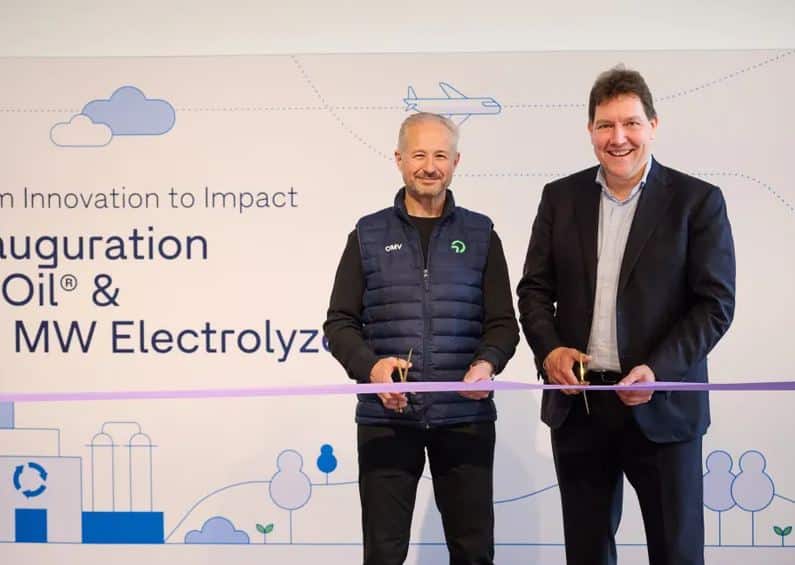OMV’s unveiling of its ReOil® chemical recycling and 10 MW green hydrogen electrolyzer plants at the Schwechat refinery marks a calculated push toward industrial decarbonization.
The Schwechat electrolyzer, now Austria’s largest, produces up to 1,500 tonnes of green hydrogen annually. While modest by global standards, this capacity places OMV among the frontrunners in Europe’s early hydrogen production landscape. Crucially, the facility operates under RFNBO certification, aligning it with the EU’s Renewable Energy Directive (RED II) and making it eligible for green hydrogen quotas in transport and industry sectors. This regulatory alignment is not incidental—it’s a prerequisite for economic viability in Europe’s subsidy-driven hydrogen market.
OMV’s ambition, however, stretches far beyond Schwechat. The company announced its final investment decision for a 140 MW electrolysis facility in Bruck an der Leitha, contingent on the outcome of the EU and Austrian Hydrogen Bank auctions. If completed by the projected 2027 start-up, this plant would be among the largest in Europe, producing up to 23,000 tonnes of green hydrogen annually. OMV estimates this could abate 150,000 tonnes of CO₂ per year, a figure that—while symbolically equated to the emissions of 20,000 individuals—also points to the carbon-intensity of traditional refining operations.
The ReOil® chemical recycling plant adds another vector to OMV’s transformation strategy. Unlike mechanical recycling, which is constrained by plastic type and contamination levels, ReOil® uses pyrolysis to chemically convert hard-to-recycle plastics into feedstock for virgin-grade chemical products. The process aims to integrate seamlessly with OMV’s refining and petrochemicals operations—potentially reducing fossil-based inputs while closing the material loop.
Stay updated on the latest in energy! Follow us on LinkedIn, Facebook, and X for real-time news and insights. Don’t miss out on exclusive interviews and webinars—subscribe to our YouTube channel today! Join our community and be part of the conversation shaping the future of energy.
